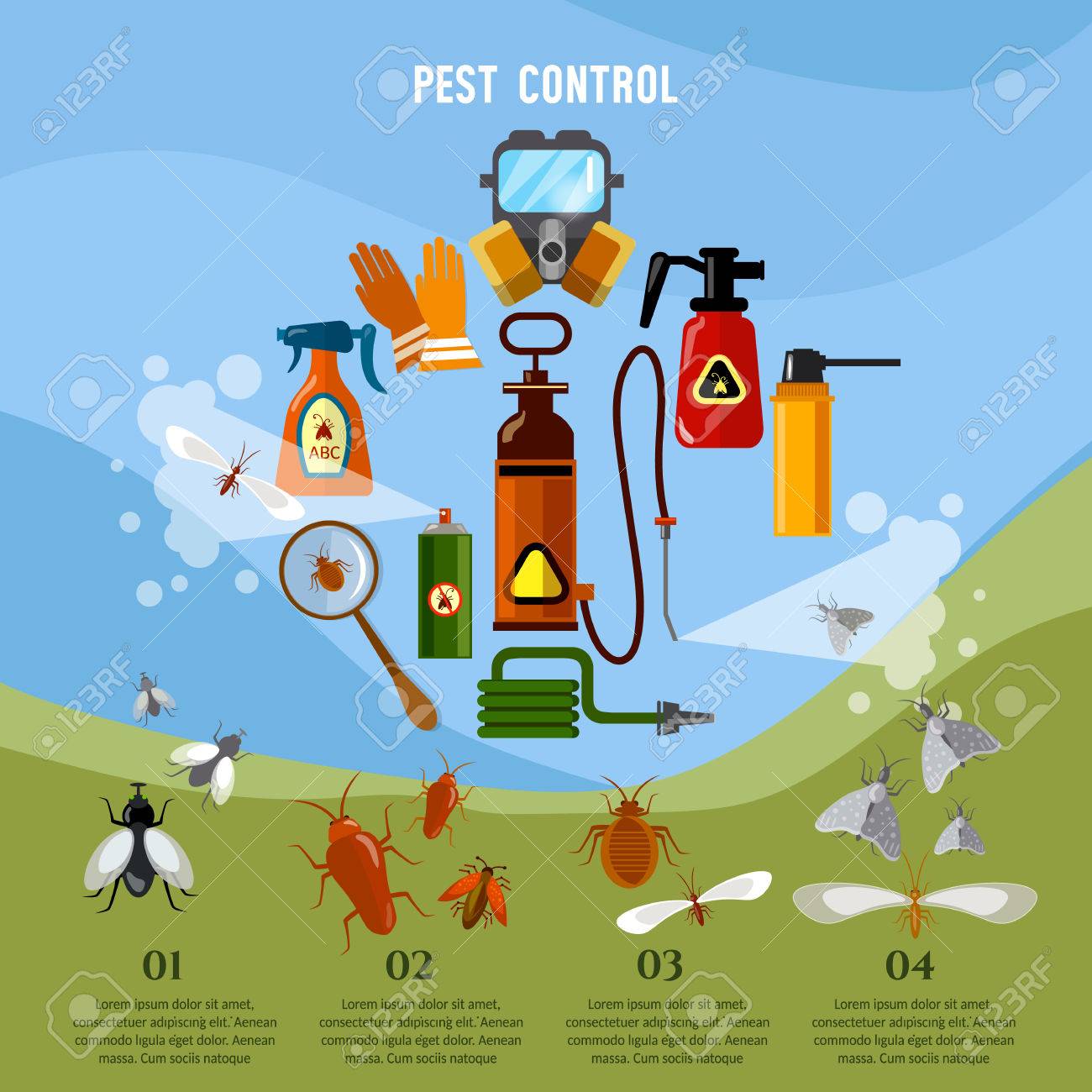The Role Of Pest Exterminators In Environmental Sustainability
The Role Of Pest Exterminators In Environmental Sustainability
Blog Article
rat poison -Bjerg Balslev
You could believe that parasite exterminators are just interested in getting rid of parasites, yet their role exceeds that. They play a critical component in ecological sustainability.
By utilizing integrated insect monitoring techniques, they not only remove bugs but also safeguard biodiversity.
Furthermore, they utilize lasting bug extermination techniques to alleviate environmental dangers.
So, following time you wonder about the value of insect exterminators, remember their contribution to a greener and much healthier planet.
The Value of Integrated Bug Monitoring
You must recognize the significance of incorporated pest monitoring in preserving a lasting environment.
Integrated Bug Management (IPM) is a method that concentrates on preventing and regulating bugs while minimizing using damaging chemicals. By carrying out IPM strategies, you can successfully take care of parasite populaces without creating harm to the atmosphere.
One vital element of IPM is using biological controls, such as killers and bloodsuckers, to normally manage pest populations. This lowers the demand for chemical pesticides, which can have destructive results on wildlife and communities.
Furthermore, IPM advertises the use of social and physical controls, such as plant turning and exclusion strategies, to prevent insects from ending up being an issue in the first place.
Safeguarding Biodiversity Via Parasite Control
We can secure biodiversity via reliable pest control techniques that focus on the preservation of all-natural ecological communities. By utilizing accountable pest control practices, we can safeguard and keep the delicate balance of types within our setting. Below are Integrated rodent management in which pest control contributes to guarding biodiversity:
- ** Protecting native flora and animals ** - By targeting intrusive varieties that threaten indigenous plants and pets, insect control aids ensure the survival of native species and maintains the natural diversity of communities.
- ** Protecting against the spread of illness ** - Managing bugs such as insects and ticks decreases the danger of conditions spreading to wildlife populations, safeguarding biodiversity and stopping possible outbreaks.
- ** Conserving threatened types ** - By managing parasites that take advantage of or take on endangered types, pest control efforts can boost the chances of survival and promote the recovery of prone populations.
Through accountable parasite control approaches, we can actively contribute to the preservation of biodiversity and the sustainability of our environment.
Mitigating Environmental Dangers With Sustainable Pest Elimination Techniques
By using sustainable insect extermination approaches, you can effectively minimize ecological risks while ensuring the security and health of both humans and the natural ecological community. Traditional bug control methods usually involve using hazardous chemicals that can have harmful effects on the setting.
However, lasting bug extermination techniques concentrate on minimizing these risks by using eco-friendly choices. For example, incorporated parasite administration (IPM) techniques focus on making use of non-toxic and naturally degradable products, in addition to natural killers to manage pest populations. This approach not only reduces the unfavorable effect on the atmosphere but also aids to maintain the delicate balance of the environment.
Furthermore, lasting pest extermination approaches advertise the preservation of biodiversity by targeting details insects without damaging beneficial microorganisms. By embracing these techniques, you can contribute to an extra sustainable and green approach to pest control.
Verdict
You are the pest exterminator, the guardian of nature's consistency. With integrated insect administration, you balance the delicate ecological community, making certain the survival of varied types.
Through sustainable techniques, you reduce ecological threats, maintaining the fragile balance undamaged.
Like a symphony conductor, you coordinate the rhythm and circulation, protecting the biodiversity that dancings in best harmony.
With every step you take, you develop a globe where nature thrives, where parasites retreat, and where sustainability preponderates.
